The data collected by INSEE show a strong growth in the number of female licensees because in 1962 19% of the licensees were women against 37% in 2010. In addition, there is 40% female club practice for 24% female practice in competition. Despite the progress of the practitioners, the choice of activities is strongly gendered.
In "Sociology of Sport", Pascal Duret relates the evolution of women's practices: despite the spread and massification of physical and sports activities, not all sports are standardized. Indeed some are said to be rather masculine and others rather feminine. The sharp increase in sports practitioners can be explained by the increase in female employees. In 1960, five out of ten women worked while in 1980 this was the case for seven out of ten of them. Today eight out of ten women are salaried. Although there is an opening to access to sport for women (1987 INSEP survey: 70% of women practicing against 76% of men), they only practice it at home and during the holidays, but not in competition. "Gender membership therefore conditions working time, family time and self-time" (Louveau, 2006). In addition, we realize that the evolution of the female practice of sport is very important. Indeed over the years the conditioning of time has changed in women. Before they devoted themselves entirely to their family, domestic chores and education while men took more time for their leisure time. They were confined to the role of housewife. Today, with the mass work for women, they have become less dependent on their husbands and take time to devote themselves to self-realization and personal fulfillment. They do not completely abandon their functions in relation to education and domestic tasks but they take care of themselves. The evolution is flagrant since before they sacrificed themselves for their family. In the survey, we note that 70% of female senior managers played tennis and 30% of female workers did gymnastics or maintenance gymnastics. Thanks to the MJS survey conducted by Mignon and Truchot in 2002, we note that men are much more competitive (three out of four are men) and club supporters than women. Women are much less represented than men in competition.
Today, if we categorize the main sports by sex we get three categories. Feminized practices with dance, skating, and gymnastics. Maleized practices with golf, motorsports, football, and rugby. Finally, so-called mixed practices, with skiing, volleyball, badminton, tennis and basketball.
Graduated from a Masters in sports management and passionate about tennis, I carried out a study on the development of women's tennis. Practicing this sport for twenty years and today manager of my club (TC Morlaàs in the Pyrénées-Atlantiques), I am always on the lookout for new ideas aimed at improving the practice environment for members. I am therefore delighted to be able to share this work.




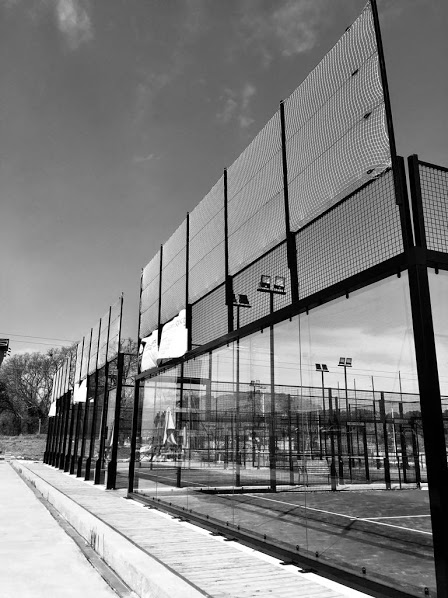
































































































 The All Star Tour returns on May 16 at the All In in Lyon
The All Star Tour returns on May 16 at the All In in Lyon Premier Padel Brussels P2 – Gemma Triay and Claudia Fernandez return to the final
Premier Padel Brussels P2 – Gemma Triay and Claudia Fernandez return to the final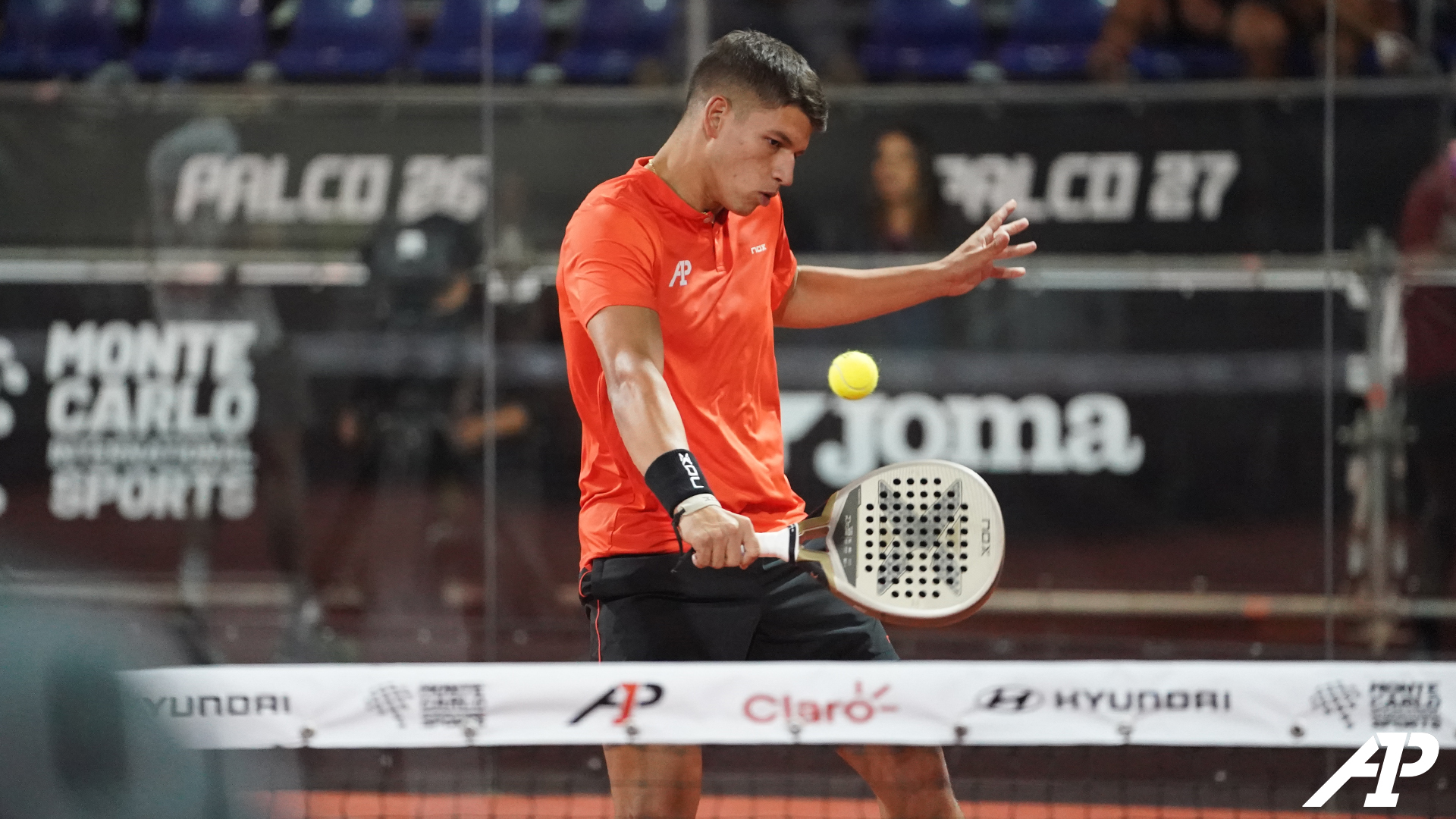 Martin Abud joins Team Nox
Martin Abud joins Team Nox Guillaume Codron de Sud Padel : “A family project”
Guillaume Codron de Sud Padel : “A family project” Nallé Grinda: “Democratize the padel in the USA with PadelX "
Nallé Grinda: “Democratize the padel in the USA with PadelX " Simon Boissé: “We know that there are two nations in front of us”
Simon Boissé: “We know that there are two nations in front of us” Marie Maligo: “This period of frequent changes of partners was beneficial for me”
Marie Maligo: “This period of frequent changes of partners was beneficial for me” D-7 of the “BetClic Remontada Padel”, at the foot of the Eiffel Tower
D-7 of the “BetClic Remontada Padel”, at the foot of the Eiffel Tower Padel Score: an essential table for keeping score
Padel Score: an essential table for keeping score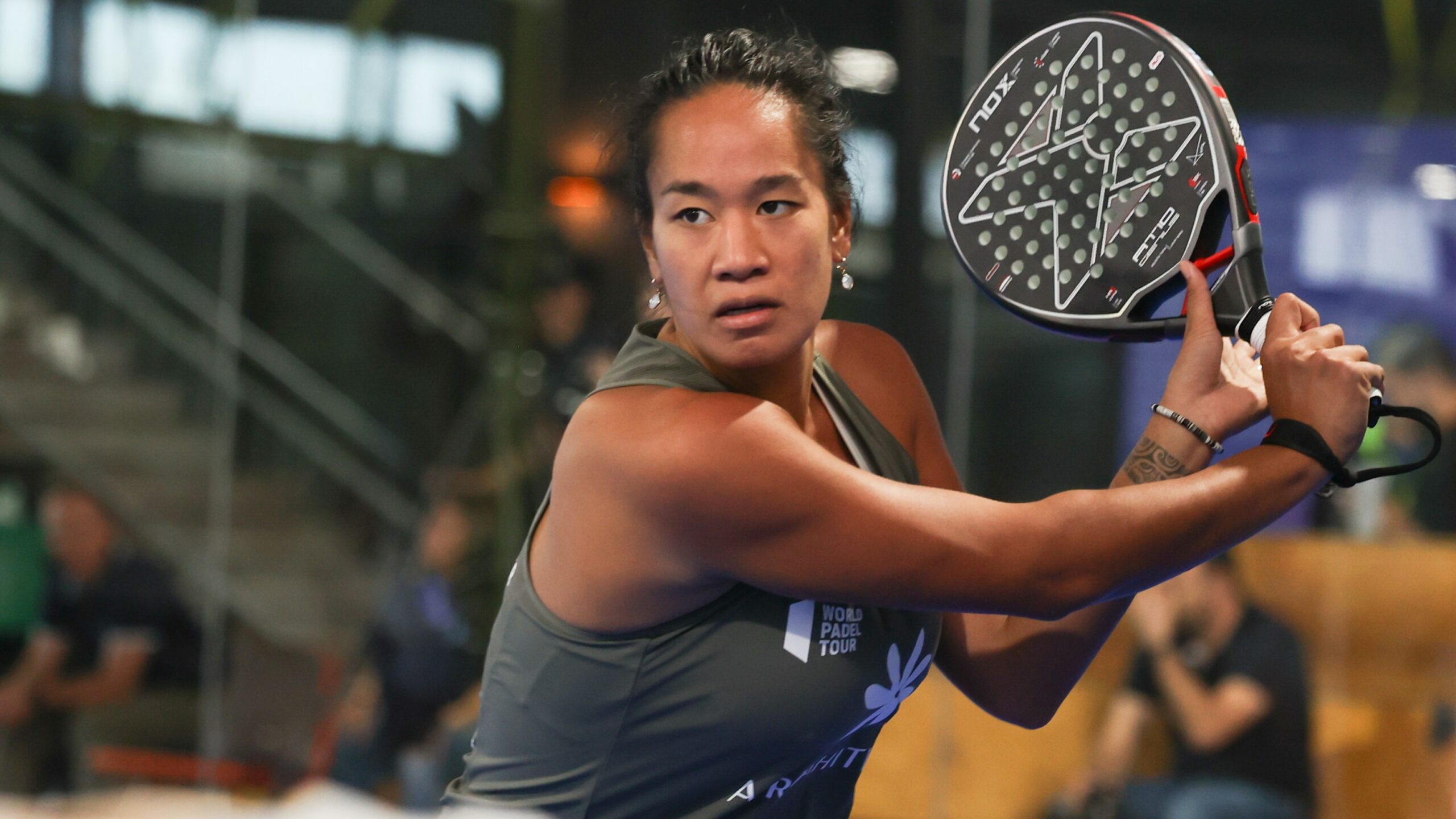 Léa Godallier makes her big return to the slopes this weekend
Léa Godallier makes her big return to the slopes this weekend Premier Padel Brussels P2 – Time for the semi-finals!
Premier Padel Brussels P2 – Time for the semi-finals!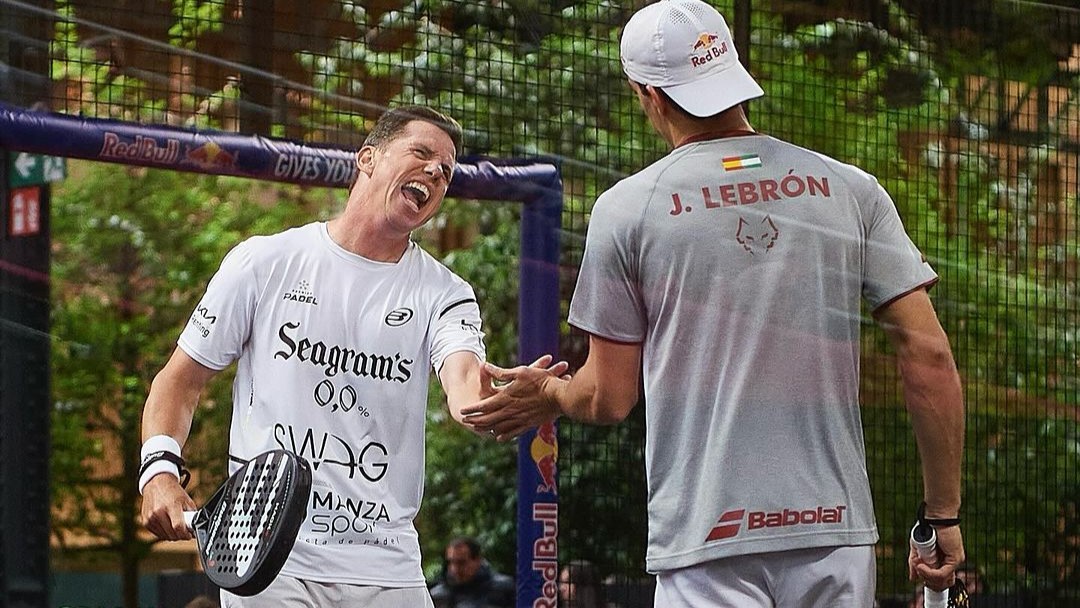 When will Lebron and Paquito split?
When will Lebron and Paquito split?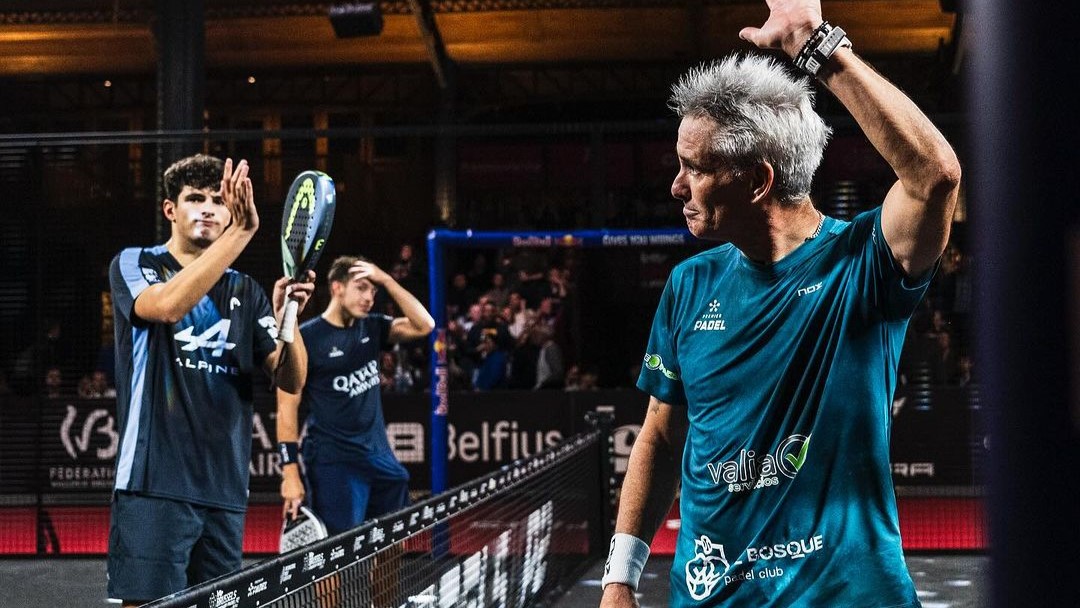 Premier Padel Brussels P2 – Coello and Tapia had to save two match points against Lamperti and Belluati to qualify in the half!
Premier Padel Brussels P2 – Coello and Tapia had to save two match points against Lamperti and Belluati to qualify in the half!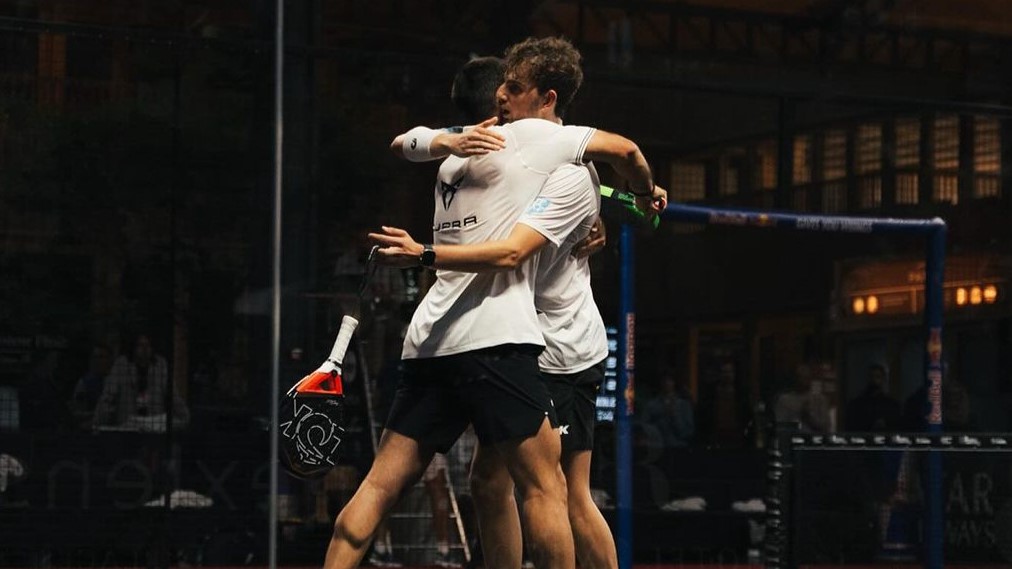 Premier Padel Brussels P2 – Mike Yanguas and Javi Garrido once again take the advantage over Stupa / Di Nenno
Premier Padel Brussels P2 – Mike Yanguas and Javi Garrido once again take the advantage over Stupa / Di Nenno José Manuel Escin at the inauguration of Casa Padel DOS: “Finally, and thank you!”
José Manuel Escin at the inauguration of Casa Padel DOS: “Finally, and thank you!” Padel Score comes to Tahiti for American Express Padel Cup!
Padel Score comes to Tahiti for American Express Padel Cup! Do you know the Rafa Nadal Academy Tour?
Do you know the Rafa Nadal Academy Tour? Play at padel on his yacht? Possible for €233.000!
Play at padel on his yacht? Possible for €233.000! Our Top 10 training courses padel in France and Europe
Our Top 10 training courses padel in France and Europe At the heart of padel – Episode 25: Paul and Andoni answer your questions
At the heart of padel – Episode 25: Paul and Andoni answer your questions Tactical padel – What to do when faced with players who systematically stay at the bottom?
Tactical padel – What to do when faced with players who systematically stay at the bottom? The basic tactics of padel
The basic tactics of padel At the heart of padel – Episode 25: Paul and Andoni answer your questions
At the heart of padel – Episode 25: Paul and Andoni answer your questions At the heart of padel – Episode 23: defend the window well
At the heart of padel – Episode 23: defend the window well Prohibition on playing topless Padel : the reasons
Prohibition on playing topless Padel : the reasons FIP Tour – Going far from Europe, THE strategy to earn points!
FIP Tour – Going far from Europe, THE strategy to earn points! What is a good football player? padel ?
What is a good football player? padel ? “Lefties give me headaches when I play against them!”
“Lefties give me headaches when I play against them!” At the heart of padel – Episode 14: how to earn points in winter?
At the heart of padel – Episode 14: how to earn points in winter? A par 4 is always a winner...even if you manage to defend it!
A par 4 is always a winner...even if you manage to defend it! Carbon fiber VS fiberglass: what to choose?
Carbon fiber VS fiberglass: what to choose? How to effectively test a racket padel ?
How to effectively test a racket padel ? La padel to fight Parkinson's disease
La padel to fight Parkinson's disease Don't play with a cracked or broken racket, your body will thank you!
Don't play with a cracked or broken racket, your body will thank you! Michel Cymes: “The padel, physically, it’s serious!”
Michel Cymes: “The padel, physically, it’s serious!” Jeremy Gala: “Promote the padel among young people in Belgium remains a challenge”
Jeremy Gala: “Promote the padel among young people in Belgium remains a challenge” The French Touch Academy organizes its selection day Padel-Study
The French Touch Academy organizes its selection day Padel-Study Report on the detection and training of younger generations
Report on the detection and training of younger generations